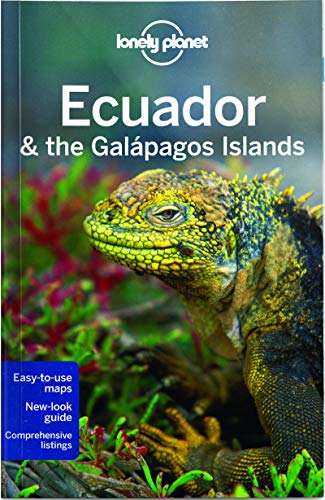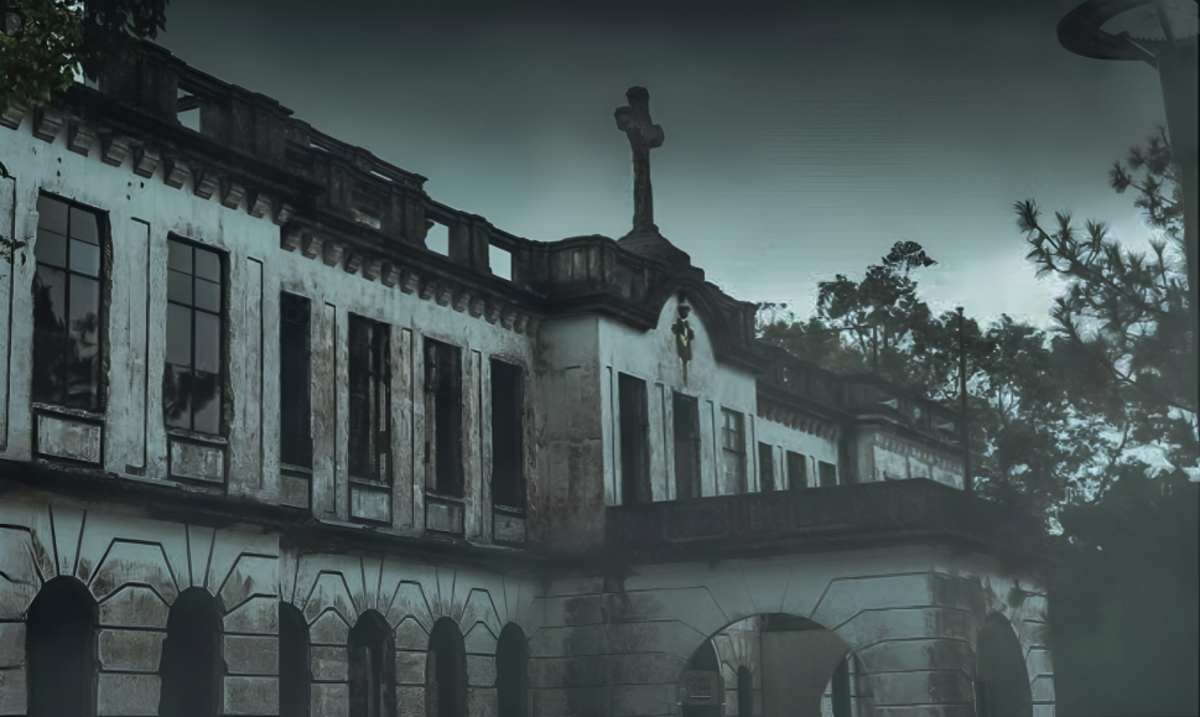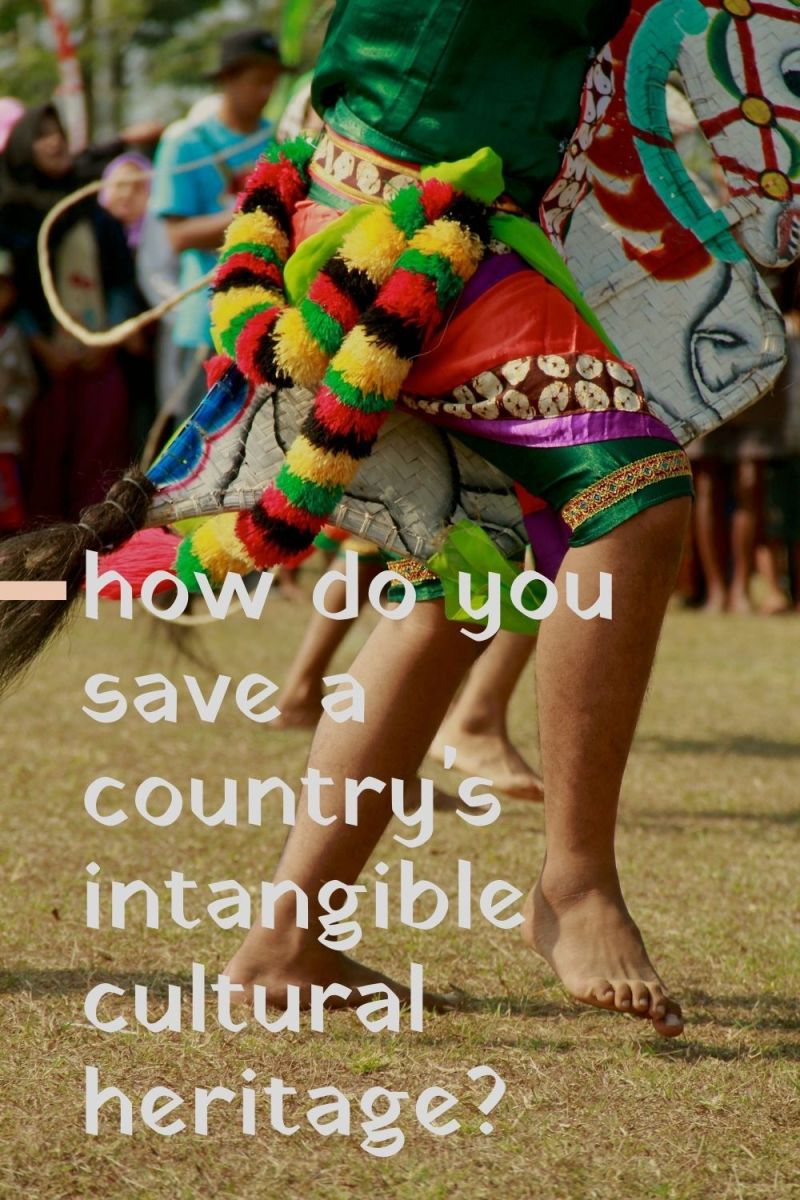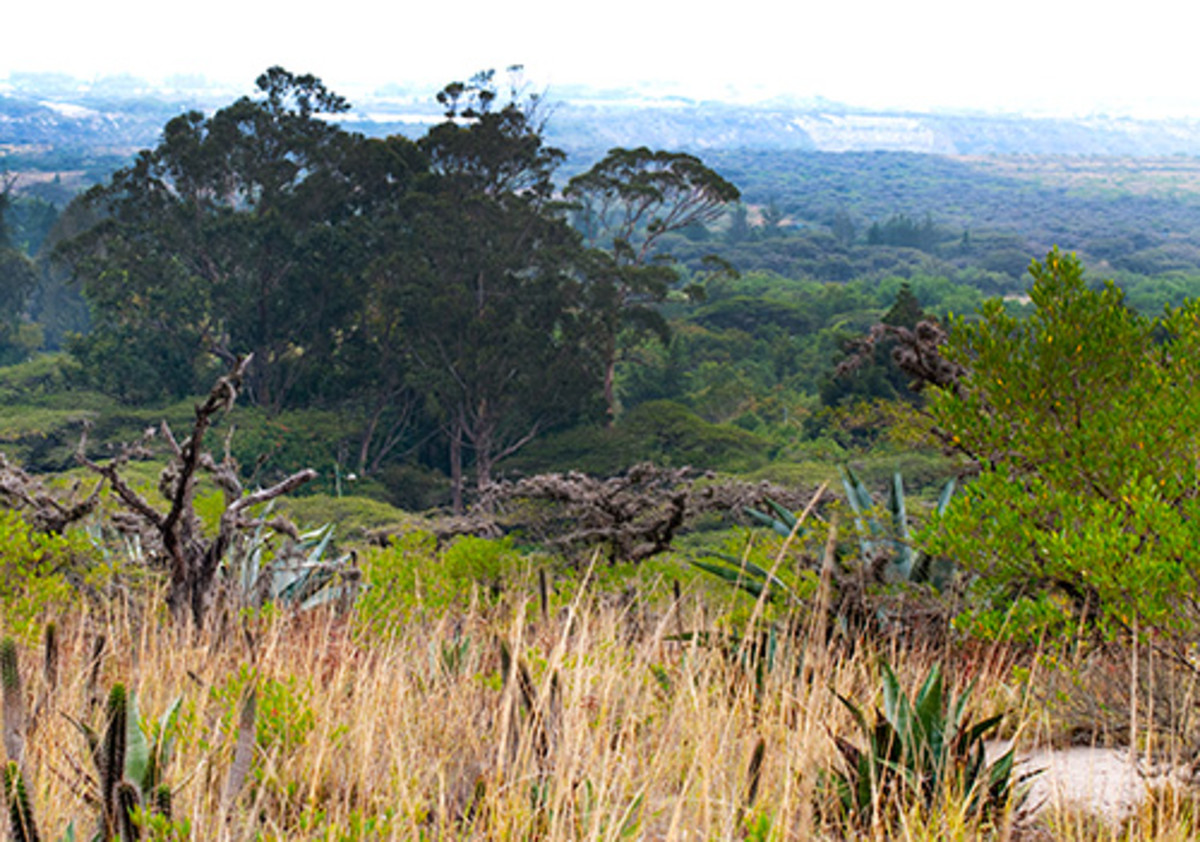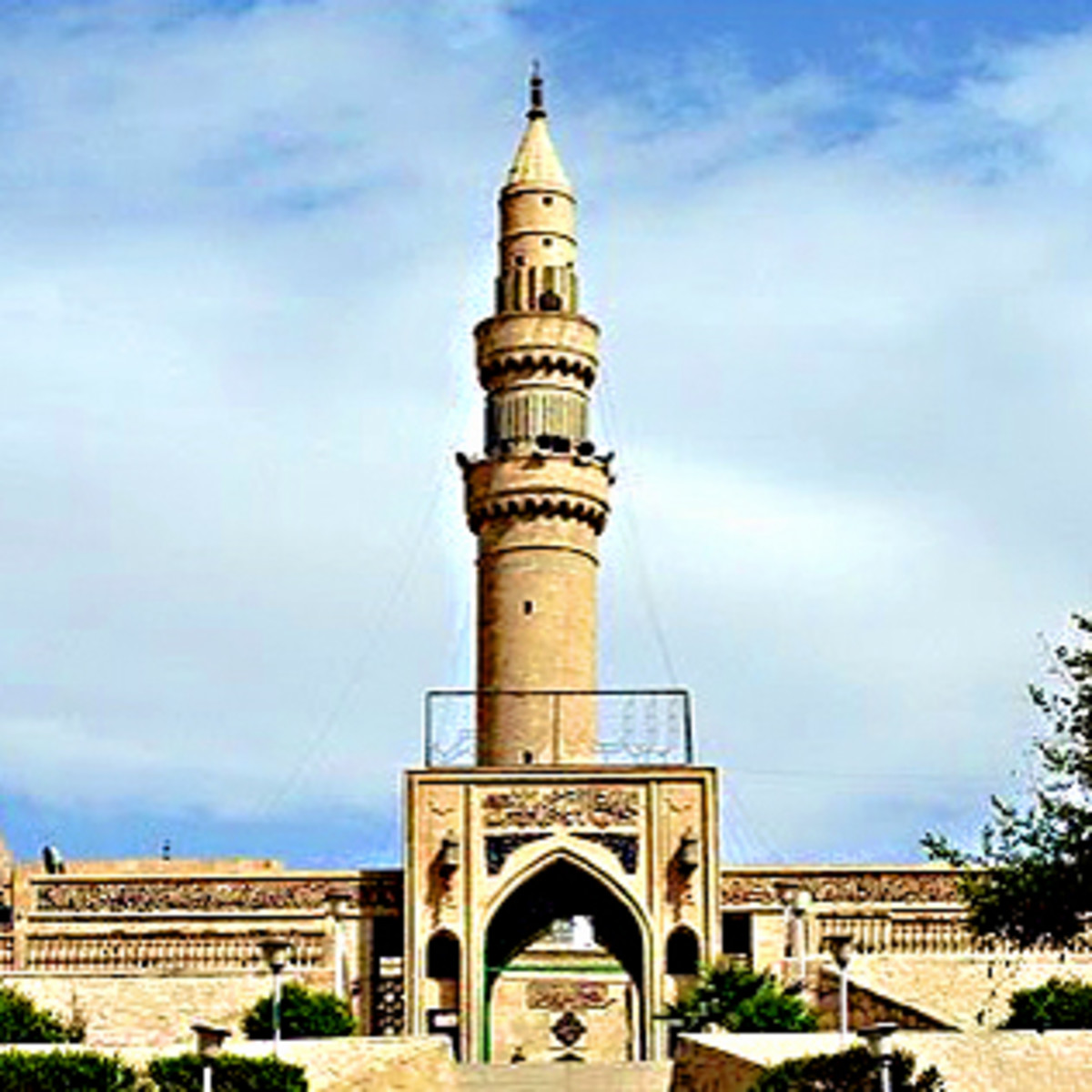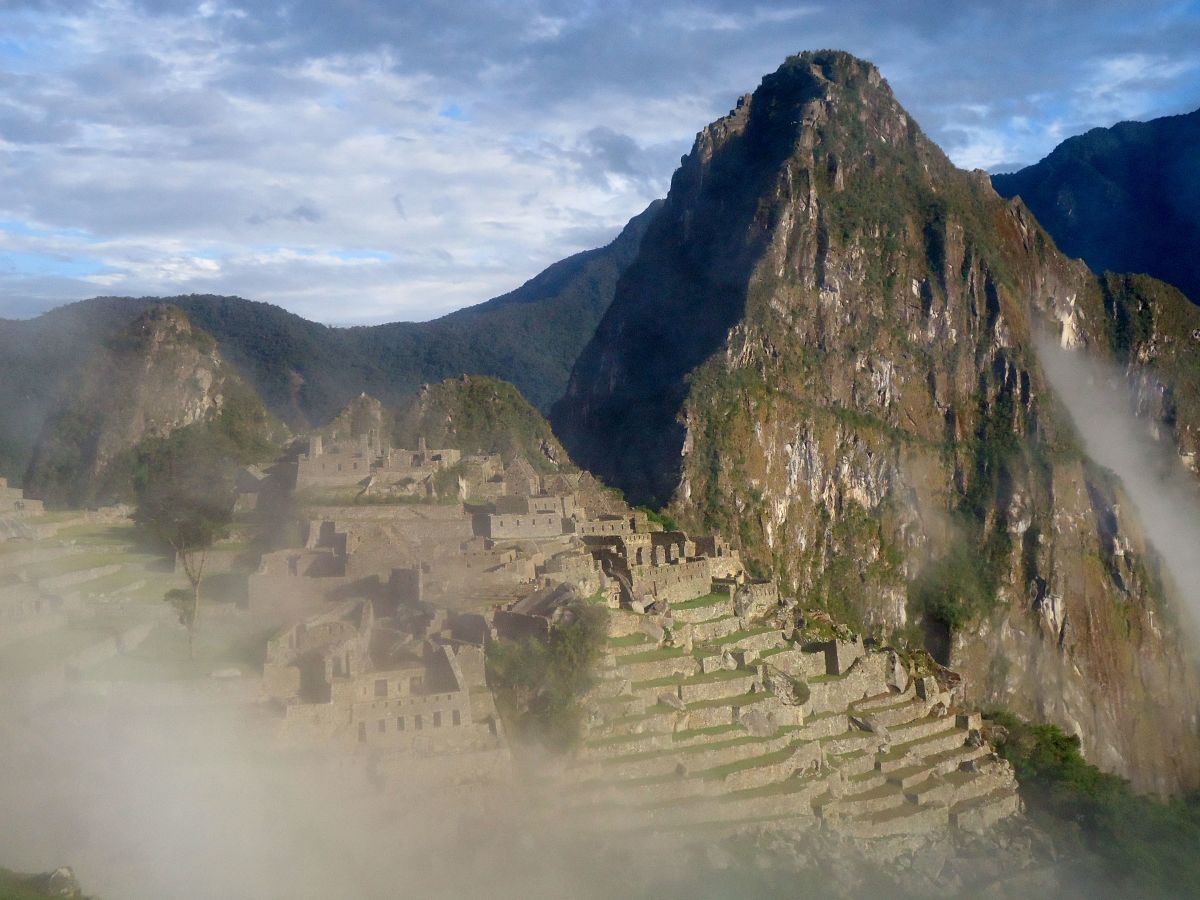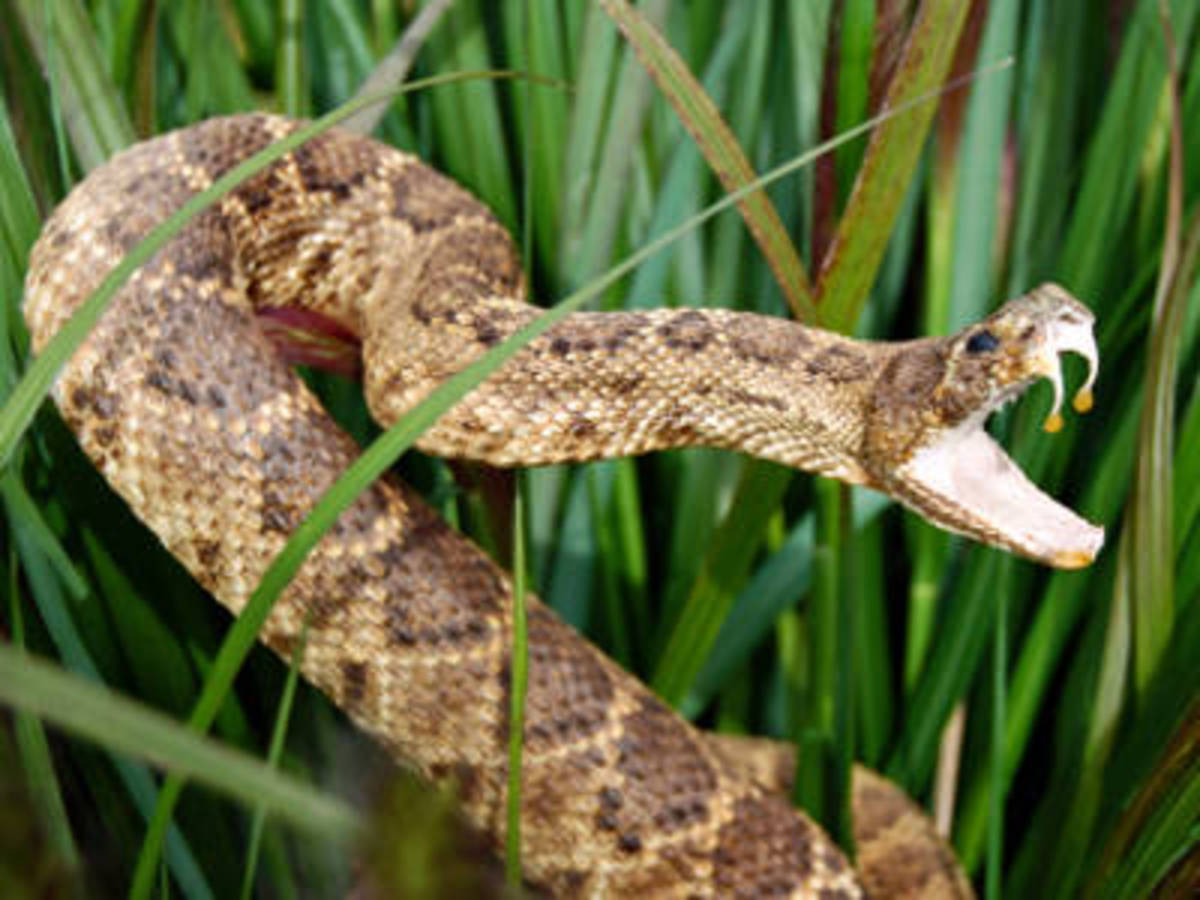Quito Ecuador, First World Cultural Heritage Site
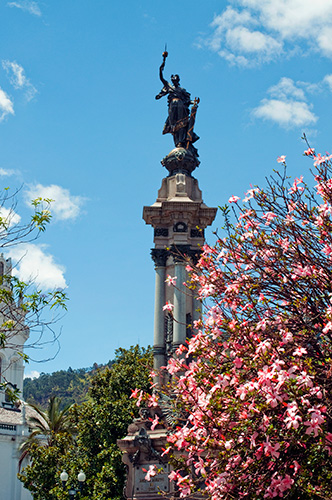
Quito Ecuador (pronounced Kee-Toe) is both the administrative and legal capital of this small South American country. At an elevation of 2,800m (9,299 ft) it is the highest legal capital in the world. With a population of 1.6 million inhabitants, it is the second largest city in this tiny nation, behind the coastal port city of Guayaquil. It is centrally located in the Inter-Andean Valley 25 km (16 mi) south of the equator.
History
San Francisco de Quito, the full designation for this historical city, was named for the original indigenous dwellers, the Quitu , who occupied this land during the first millennium. They were later conquered by the Caras tribe near the end of the eleventh century, who was then subsequently vanquished by the Incas in 1462. The arrival of the Spanish in 1534 marked the end of the Quitu/Caras reign.
For the next 300 years the Spanish ruled over the capital city until, on August 10, 1809, a campaign was mounted to move Quito towards independence from Spain. However, Spanish resistance to this attempt at liberty resulted in Imperial troops from Peru killing the newly inducted leaders and destroying the hopes of establishing a new government. After several more years of resistance, the residents of Quito ultimately tasted their freedom on May 24, 1822.
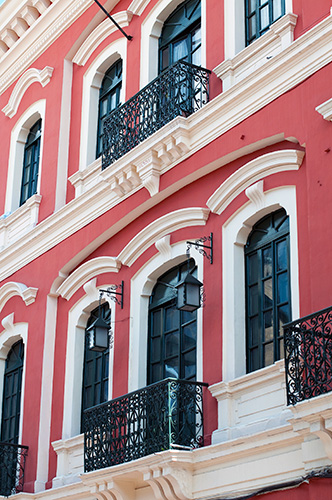
World Cultural Heritage Site
In 1978, UNESCO (United Nations Educational, Scientific and Cultural Organization) inducted Quito Ecuador as the first World Cultural Heritage Site. In spite of the numerous earthquakes that the city has endured over the past centuries, the historic center has the best-preserved and least altered Spanish architecture in all of Latin America. Covering an area of 320 ha (800 ac) it is the largest historic area in the Americas and is host to forty churches and chapels, twelve museums, seventeen plazas and much more.
The city is a superlative example of the coalescence of European and Indigenous art known as the “Baroque School of Quito”. It is an amalgamation of Spanish, Moorish, Flemish, Italian and native artwork. The buildings are constructed of sun-dried brick with stucco or plaster façade. Charmingly painted in bright colors, these handsome structures become an alluring backdrop for photographers and artists wishing to capture the seductive beauty of the old town.
Transportation
Quito Ecuador is an international port of entry from numerous European, North American and South American nations. The airport, Mariscal Sucre, handles an abundance of flights, both local and worldwide. The new airport, which is scheduled to open soon, will extend the opportunities for air travel and provide a more comfortable point of arrival for the adventurous traveler.
Ground transportation is equally adept at providing visitors with a means of reaching their final destinations, whether it is within the city or other locations around the country. Busses are relatively inexpensive and plentiful, furnishing comfortable conveyance to anywhere in the municipality. Taxi service is fast, safe and efficient at a reasonable cost.
Related Materials
Lodging
Being a large metropolitan city, Quito provides a variety of lodging options, from the five star establishments such as the Hilton Colòn and the Marriott, to the lesser affluent accommodations of the hostels and hosterias. The latter can provide comfortable housing at a very equitable price and are ideal for the traveler on a budget. There are countless options open to the tourist that will match the tastes and needs of the most discerning traveler.
Many businesses will provide private transportation for the arriving guest, insuring that their clients receive the utmost care and attention. Most establishments have dining rooms for lodgers or can provide reliable information on the most appropriate location to meet their culinary desires.

Dining
Quito has a plethora of culinary opportunities for the hungry traveler. The abundance of restaurants can range in price from the exorbitant to the unimaginably inexpensive. Upscale establishments can provide specialties from every country in the world at equally upscale fare, while local cafes can offer almuerzo (lunch) consisting of soup, entrée, coffee, juice and dessert for as little as a dollar fifty.
The adventurous visitor can sample from a variety of local dishes such as Locro (potato-cheese soup) or Fritada (Fried Pork). For those with a zeal for the unusual, the local indigenous specialty cuy (guinea pig) can be enjoyed while soaking up the cordial ambiance of the barrio (neighborhood). Street vendors abound although caution is advised before partaking in such repast lest one consume more that expected. Overall, there are culinary delights for every pallet and pocket and no one should go away unsatisfied.
Conclusion
Quito Ecuador is a beautiful historical city nestled in a picturesque mountain valley that offers a bounteous supply of riches for the avid tourist. A visit to the old town to embrace the culture and character of this amiable municipality is a requisite to understanding Latin America. Every traveler should take some time to relax and enjoy the foods and pleasures of this quaint World Heritage Site.
Other Travel Articles by this Author
- Pasochoa Wildlife Refuge, Example of Conservation
Pasochoa Wildlife Refuge is the perfect example of what can be done to preserve natural habitats before they are irreversibly destroyed. Over the years nearly... - Cotopaxi National Forest - Birding in the Clouds
Cotopaxi National Park, situated in north-central Ecuador about 30 km south of Quito, is the most visited protected area within this tiny nation. - Ecuador, Land of Volcanoes
Ecuador straddles the equator from which it takes its name and encompasses an area of 285,561 sq. km (109,415 sp. mi.) of lush subtropical forest and towering mountains. It is a democratic republic,...
Related Links
- The Birds of Ecuador
Photos and articles about the birds of Ecuador - Discovering the Birds of Ecuador
Birding locations in Ecuador

